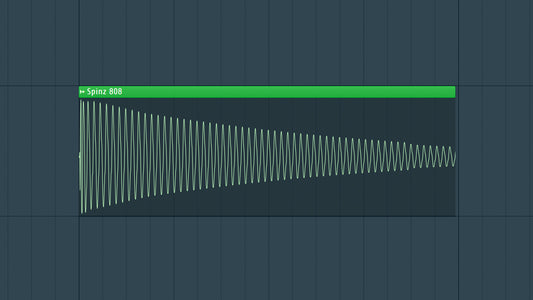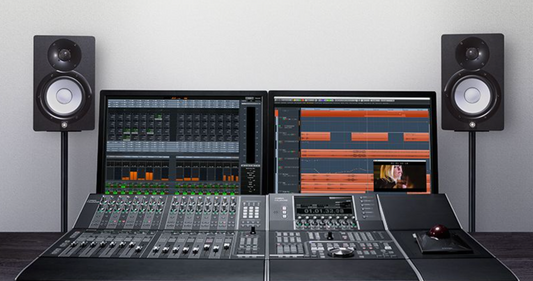Introduction:
I have been producing music for 15+ years, and one of the coolest music production techniques I've learned is how to use Dynamic EQ. This innovative technique combines the best of both worlds, seamlessly marrying the precision of equalization with the dynamic control of compression. In this blog post, we'll take a deep dive into the world of Dynamic EQ, exploring its principles, applications, and the transformative impact it can have on your mixes.

Dynamic EQ Essentials:
Dynamic EQ operates on the fundamental principle of adjusting equalization settings in response to the dynamic characteristics of the input signal. Unlike traditional EQ, which applies static adjustments to a set frequency range, dynamic EQ adapts in real-time, dynamically sculpting the frequency spectrum based on the varying amplitudes of the input signal.
Key Controls:
- Threshold: Similar to traditional compression, Dynamic EQ employs a threshold setting. When the signal exceeds this threshold, the EQ engages and applies adjustments to the specified frequency range.
- Ratio: The ratio determines the strength of the EQ adjustments once the threshold is crossed. A higher ratio results in more aggressive dynamic equalization.
- Attack and Release: These parameters dictate how quickly the dynamic EQ responds to changes in the input signal. A fast attack time allows for immediate adjustments, while a slower release time ensures a smoother, more transparent response.
- Q Factor: Just like in static EQ, the Q factor influences the width of the affected frequency band. Dynamic EQ allows for precision in targeting specific frequencies during dynamic adjustments.
Applications in Music Production:
- Resonance Taming: Dynamic EQ is particularly effective in taming resonant frequencies that may emerge during a performance. It dynamically reduces the prominence of unwanted resonances without affecting the rest of the frequency spectrum.
- De-Essing: In vocal processing, Dynamic EQ can be used for de-essing—reducing the intensity of sibilant sounds like "s" and "sh" in a dynamic and nuanced manner.
- Instrumental Balance: Use dynamic EQ to address frequency clashes between different instruments in a mix. It intelligently carves out space for each element, ensuring a harmonious blend without sacrificing the natural dynamics of the performance.
- Transient Control: Dynamic EQ is a powerful tool for shaping transients in percussive elements. By dynamically adjusting specific frequencies, you can enhance or control the attack of drums, guitars, or any transient-rich sound source.
The Transformative Impact:
Dynamic EQ stands as a game-changer in the producer's toolbox, offering a level of precision and adaptability that traditional EQ or compression alone cannot achieve. Its ability to dynamically respond to the nuances of a performance ensures that your mixes maintain clarity, balance, and natural expression, even in the face of dynamic shifts.
Conclusion:
As we journey further into the realm of music production, Dynamic EQ emerges as a beacon of innovation—a tool that transcends the boundaries of static processing. By embracing the dynamic nature of sound and harnessing the precision of EQ, producers can elevate their craft to new heights. So, step into the world of Dynamic EQ, experiment with its myriad applications, and watch as your mixes come alive with unparalleled clarity, balance, and sonic brilliance.




